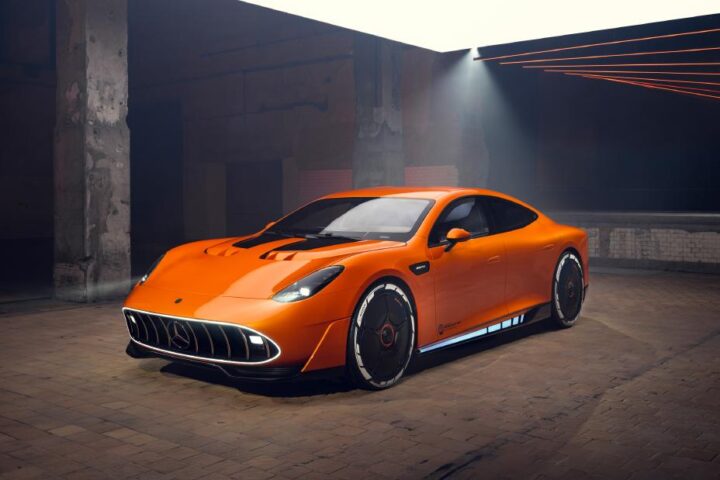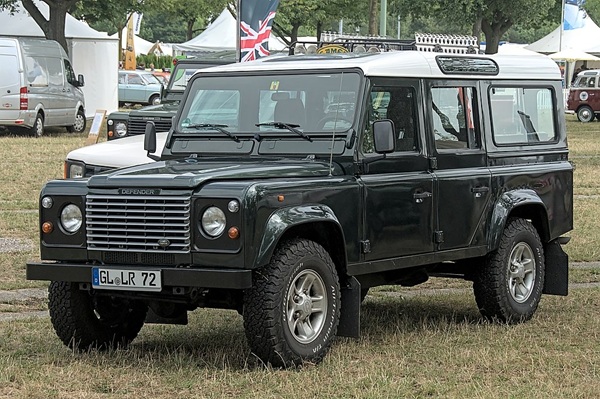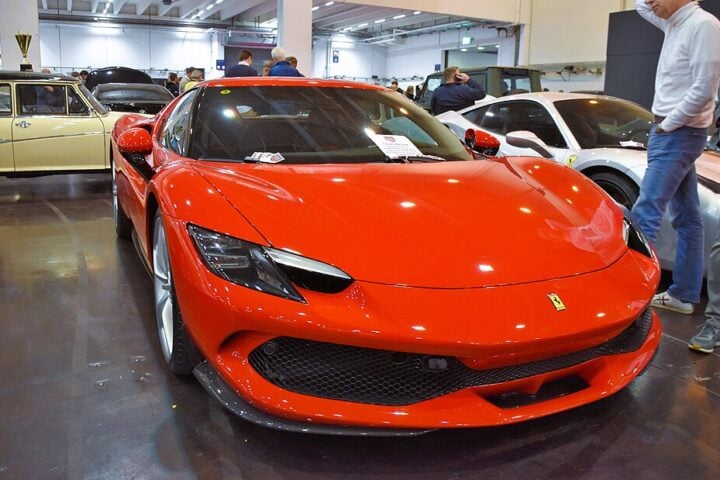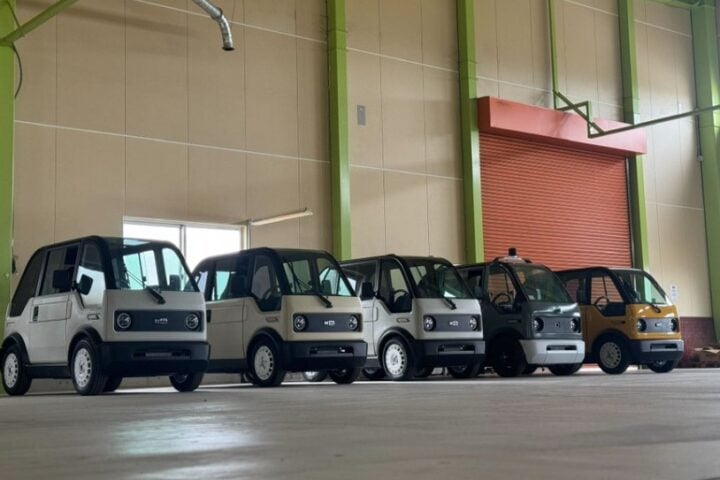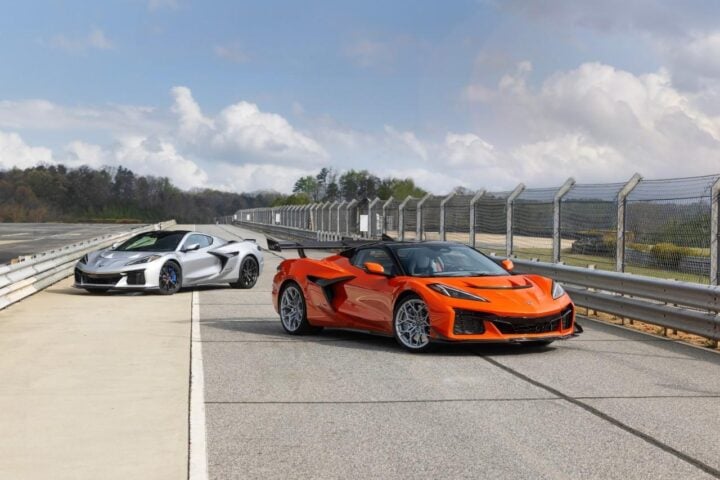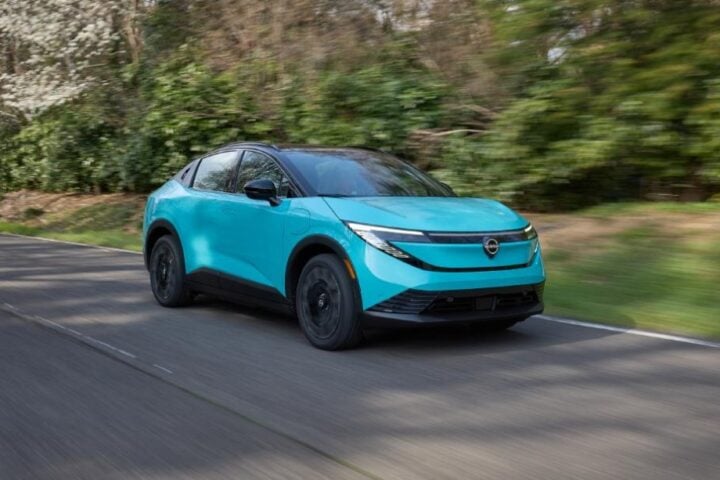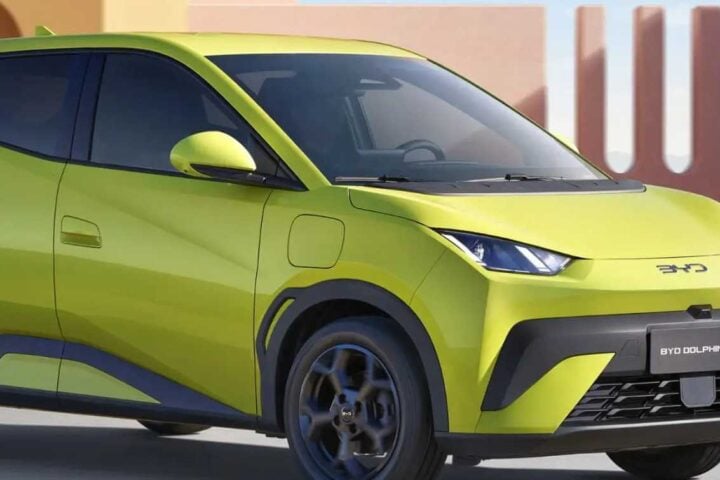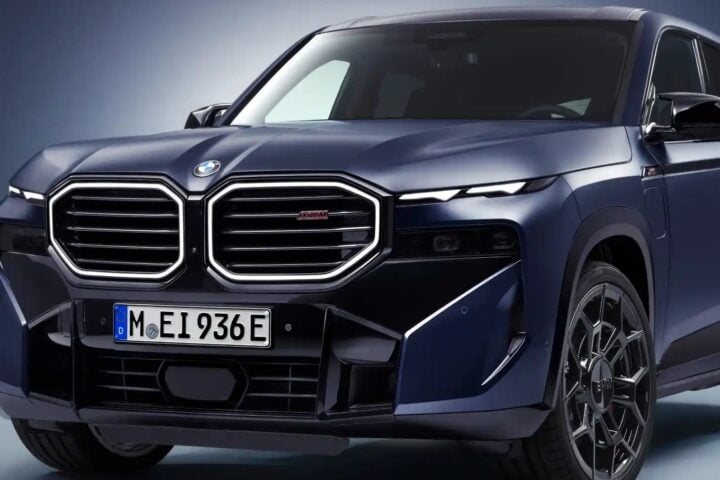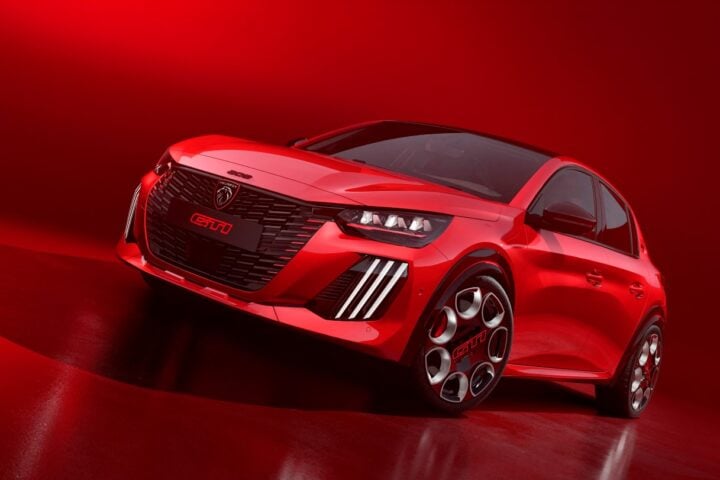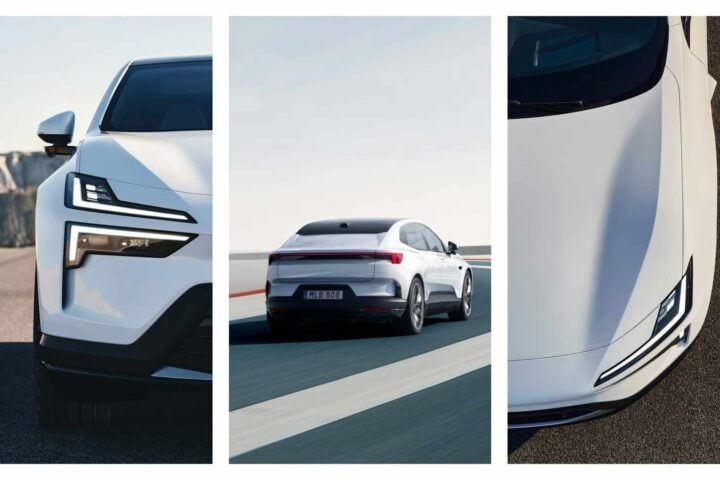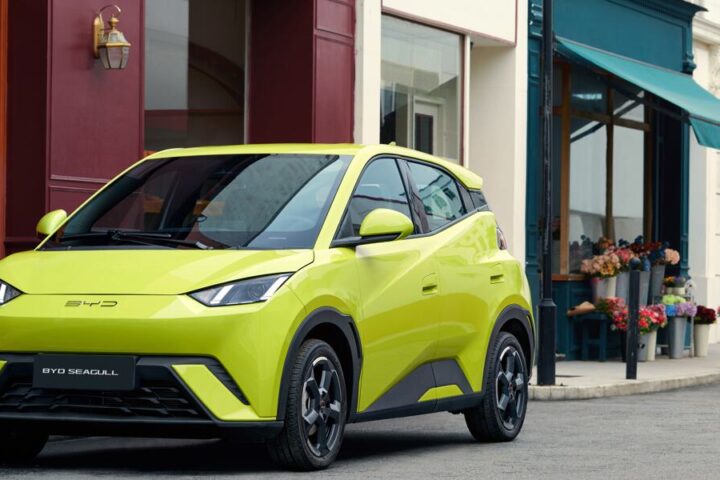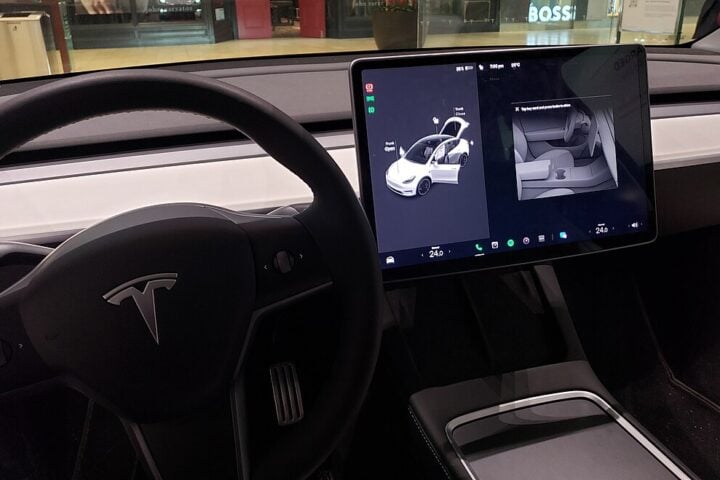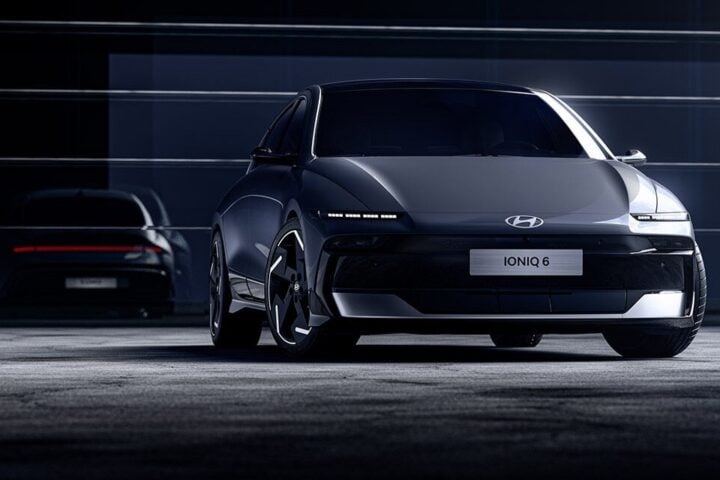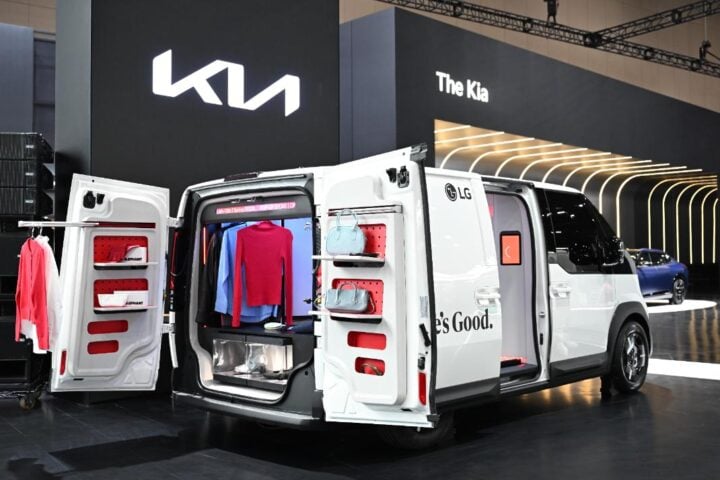Unveiling a revolutionary leap in e-bike technology, Pinion, a German e-bike system specialist, introduces the Mission ON E e-bike drive system – a game-changer that perfectly amalgamates the motor and drivetrain into a single compact, lightweight unit. This groundbreaking combination circumvents the need for external gears, replacing traditional methods with a highly integrated, streamlined system.
With its flagship internal gearing mechanisms, Pinion transcends the contemporary, pairing an efficient, wear-free brushless motor with a seamlessly integrated transmission system. All under the cover of a featherweight die-cast magnesium housing, the ON E system weighs a mere four kilograms, making it one of the lightest drive and drivetrain systems on the market today. This extraordinary concoction, partnered with a Gates carbon belt drive, serves as an ingenious blueprint for a virtually maintenance-free e-bike system.
A dozen years in the making, the Mission ON E system is introduced as a Motor and Gearbox Unit (MGU), equipped with a spectrum of sensors and actuators. These are meticulously calibrated to ensure a natural, efficient, and predictable shifting experience that synchronizes perfectly with the pedaling motion.
Despite its compact design, the power output is no compromise. The system features an 85 Newton-meter max output, with specific torque output varying based on the gear you’re in. Accommodating varying cycling demands, the ON E system is available in both nine-speed and 12-speed setups, suitable for a variety of e-bikes including city commuters, mountain bikes, and electric cargo bikes.
Digging deeper, the system boasts several notable attributes such as a robust peak power of 600 watts, extensive support up to 400%, and a range extender option. Furthermore, its “Smart Shift System” allows for seamless shifting while riding, even under load, and requires minimal maintenance.
What makes it truly unique is its resistance to water and dirt, and the convenience of an oil change only every 10,000km. Also, a significant reduction in unsprung mass, thanks to the absence of an external derailleur and cassette, enhances suspension performance, comfort, and traction.
Similar Post
For the speed demons, ‘S’ suffixed motors cater to Speed Pedelecs. Finally, as a testament to its quality and precision, every unit of Pinion’s MGU is made in Germany, ensuring high standards and top-notch performance.
As e-bike manufacturers strive to reduce weight and optimize performance, Pinion’s Mission ON E e-bike drive system sets the bar high, offering an intriguing glimpse into the future of e-bike technology. While it’s certainly a breakthrough, the system will need to prove its reliability, durability, and cost-effectiveness over time. The e-bike landscape is becoming increasingly competitive, and time will tell if Pinion’s innovative approach will redefine the industry norms.



